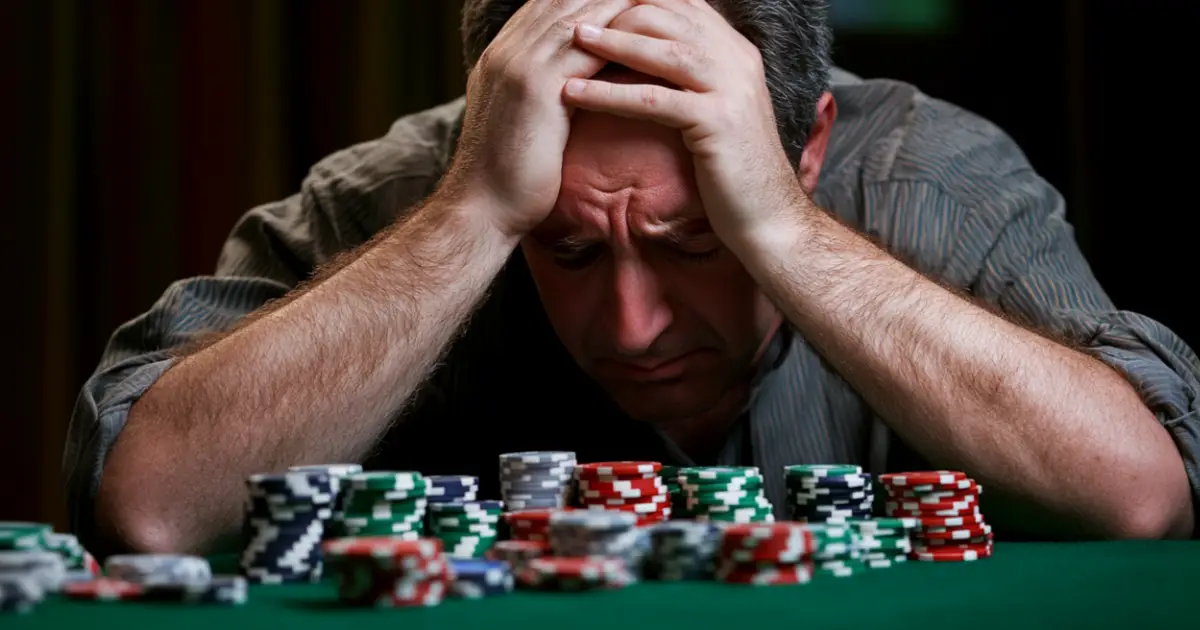The Trimbos Institute warns of the extent of the damage caused by gambling
The Trimbos Institute, a Dutch research centre for mental health and addiction, has just published a new infographic on a sensitive subject: the damage caused by gambling. The aim is to highlight the sometimes irreversible consequences of gambling on individuals, their loved ones and society as a whole.
A destructive spiral
The infographic emphasises a mechanism well known to specialists: the vicious circle of gambling. Very often, those affected were already experiencing financial or personal difficulties before they started gambling. The hope of winning then becomes an illusion of a quick fix.
But when the losses pile up, the cycle begins: debt, stress, new attempts to ‘win back’ what was lost, and worsening problems.
The Trimbos Institute identifies three main areas where the damage caused by gambling manifests itself:
Finances
The most visible consequence is money. Many gamblers are no longer able to cover their basic needs: rent, food, healthcare. To fill the gaps, some borrow money, sometimes at exorbitant rates, or turn to illegal activities. In the most serious cases, this spiral leads to excessive debt, loss of housing, and even crime.
Health
Gambling is not just about money: it also has a significant impact on mental and physical health. The infographic highlights the frequent occurrence of chronic stress, shame, depression and suicidal thoughts. The body is not spared either: long gambling sessions lead to a sedentary lifestyle, sleep disorders and increased alcohol and drug consumption.
Relationships
Finally, relationships bear the brunt of the impact of compulsive gambling. Mistrust sets in, arguments break out, and violence can erupt. In some cases, couples separate, families break up, and friendships are lost. Gamblers withdraw into themselves and isolate themselves from those around them.
The consequences of addiction
Addiction does not stop at the front door. Obsession with gambling disrupts concentration and reduces performance at work or in studies. The Trimbos infographic refers to school dropouts and job losses.
Worse still, some employees in distress are tempted to commit fraud or theft to finance their gambling, which results in dismissal and sometimes legal proceedings.
The impact of pathological gambling extends beyond the individual sphere. The infographic reminds us that addicted gamblers often withdraw from social activities, which promotes isolation and loneliness. On a larger scale, this weakens the social fabric of neighbourhoods, clubs and associations.
For the community, the cost is high: mental health care, debt mediation services, legal interventions. In other words, the damage caused by gambling affects society as a whole.
A clear message: prevention is better than cure
With its infographic, the Trimbos Instituut wants to make an impression. The aim is not to demonise gambling itself, but to warn of the disproportionate damage it can cause when it becomes compulsive.
Behind the figures and infographics are shattered lives, broken families and weakened communities. By publishing this document, the institute is calling on people not to look away and to be aware of the scale of a phenomenon that goes far beyond the individual sphere.
Gambling, a form of entertainment for some, can become a real tragedy for others. And that is the key message: understanding the damage caused by gambling paves the way for better prevention and collective awareness.


